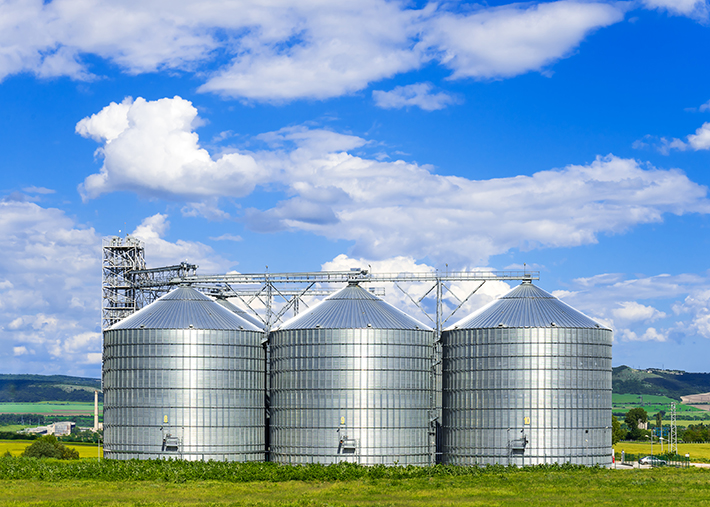
Standards Help Grow Agriculture
Q. For the laypeople in our audience, can you tell us a little about distillers grains and why they are so important to both the economy and society in general?
A. Distillers grains are the non-fermentable materials produced from grain-based industrial fermentation systems. These arise from both fuel ethanol manufacturing as well as beverage alcohol production. They consist of grain proteins, fibers, carbohydrates, lipids, and minerals, and can be manufactured in either wet or dry form. Almost all distillers grains are used as animal feed, with the majority being used for beef and dairy feed. Swine and poultry use has been growing in recent years as well. With evolving processes, distillers grains are increasingly being used in aquafeeds and pet foods, too. Distillers grains are one of the most highly produced animal feed ingredients, with over 35 million metric tonnes produced each year in the U.S. alone.
Q. What first drew you to the field of agriculture as a career path and then to the area of distillers grains specifically?
A. I grew up on a small family farm in Iowa, where my family raised corn, soybeans, swine, and cattle. I have worked in agriculture all of my life. After college I worked for an engineering firm and designed grain storage, handling, and processing facilities. Over the past 20 years, I have been heavily involved in alcohol processing, both fuel ethanol and beverage distilling, and I have worked both on the facility design side as well as in research and development on the lab and pilot scales. I am also a professor at Iowa State University, where I teach grain storage, preservation, and processing, including beverage and fuel fermentations.
Q. From your perspective as the executive director and CEO of the Distillers Grains Technology Council, what are some of the most pressing issues and challenges facing your industry today?
A. There are many challenges currently facing the distilling industry. These range from potential mycotoxin contamination of cereal grains (mycotoxins are not destroyed during alcohol manufacturing and can be highly hazardous in animal feeds) to guaranteeing nutrient levels for the purchasers of these feed products – as well as new processes being commercialized that produce novel evolving products, especially high-protein products, which will necessitate changes in the feeding of these feed ingredients. But challenges are also opportunities for success. We are working on these issues for the success of our industry. The new PTP program will help us move forward.
Q. How will the new proficiency testing program for distillers grains you are working on with ASTM International benefit the agriculture industry?
Every ethanol plant and beverage distillery produces alcohol slightly differently – every company has their own “secret sauce” so to speak. A multitude of production variations has led to a diversity of distillers grains. In fact, distillers grains can exhibit quite a bit of variability from plant to plant. In order to effectively sell these products and use them in the marketplace, it is critically important to have a level playing field in terms of laboratory analyses and the methods used to measure various analytes such as protein, fat, fiber, ash, mycotoxins, etc. It is also important that any third party laboratory or plant laboratory that analyzes distillers grains can produce similar results to other laboratories. Reducing laboratory variability is a key reason that we have undertaken the development of this new PTP program.
Q. How important are standards to the field of agriculture, and how do they benefit the industry economically?
A. At the moment, there is considerable variability from lab to lab when distillers grains are analyzed. This can cause considerable confusion in the marketplace. It is our goal to help the laboratory community reduce this variability, so that distillers grains producers and purchasers can have high confidence in the nutrient and mycotoxin results that are produced.
Q. Beyond the standards that are developed, what role do professional organizations like ASTM play in your field? Have you benefitted from belonging to ASTM?
A. Professional organizations play such a critical role in helping industries grow and evolve. Bringing science to practitioners and connecting people are both so important to every industry, especially within the broad field of agriculture. Professional organizations also serve as knowledge repositories for industries and provide central hubs for dissemination and use of these data – not only laboratory standards. The ability to make science-based decisions, with a methodical approach to decision making, is key to growth and evolution. ■

 SN Home
SN Home Archive
Archive Advertisers
Advertisers Masthead
Masthead RateCard
RateCard Subscribe
Subscribe Email Editor
Email Editor